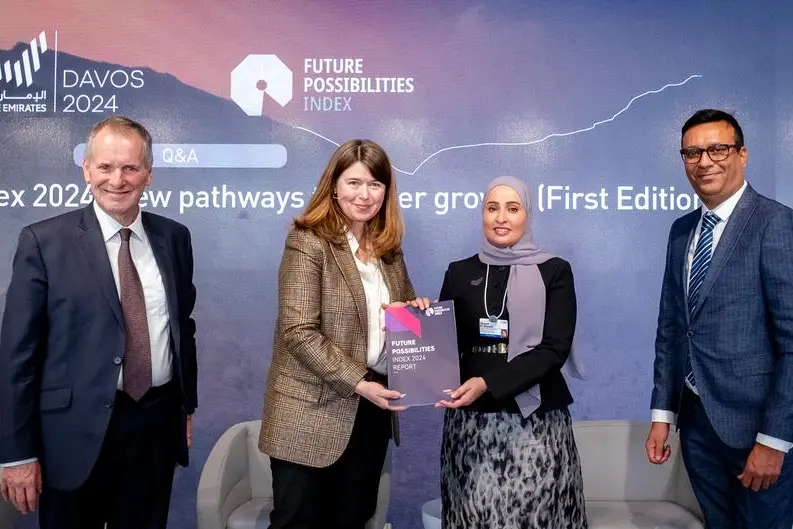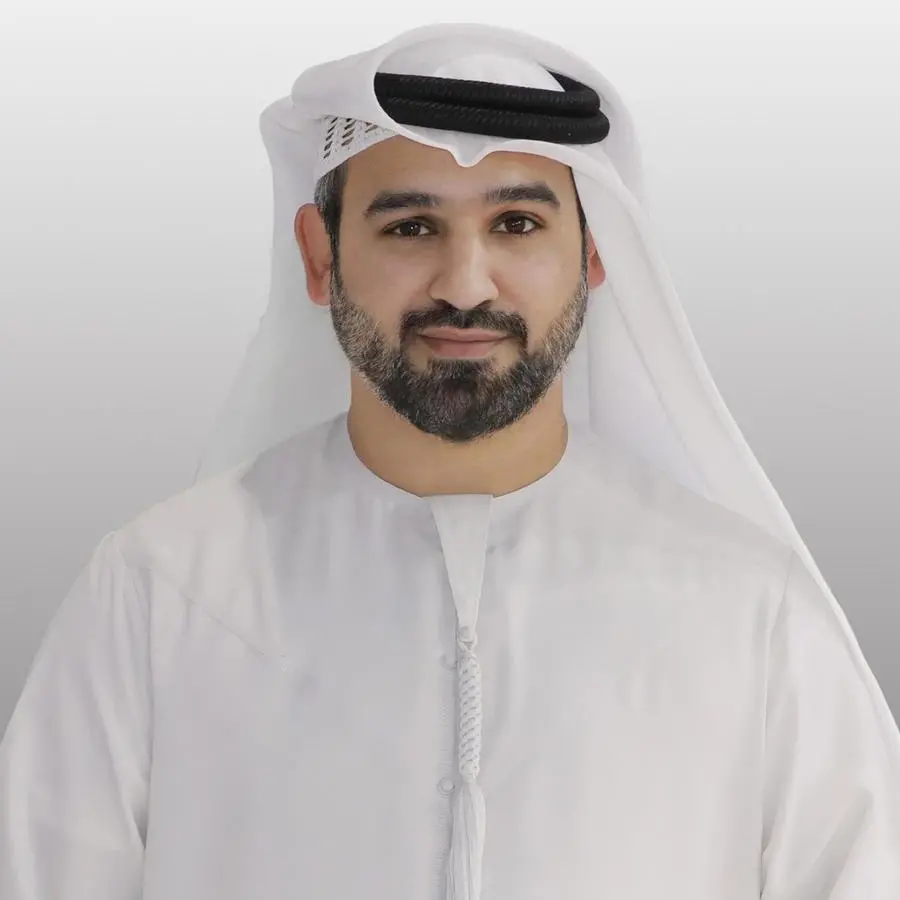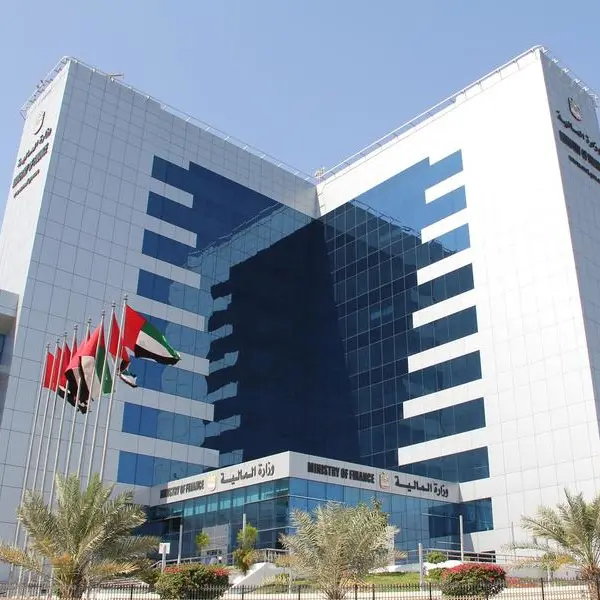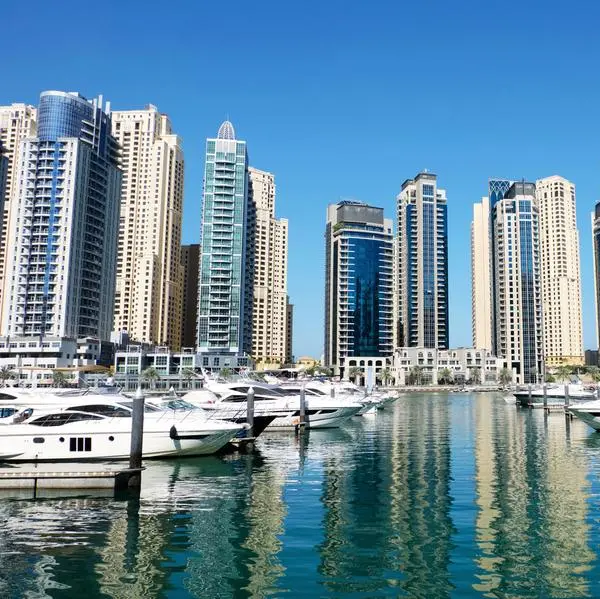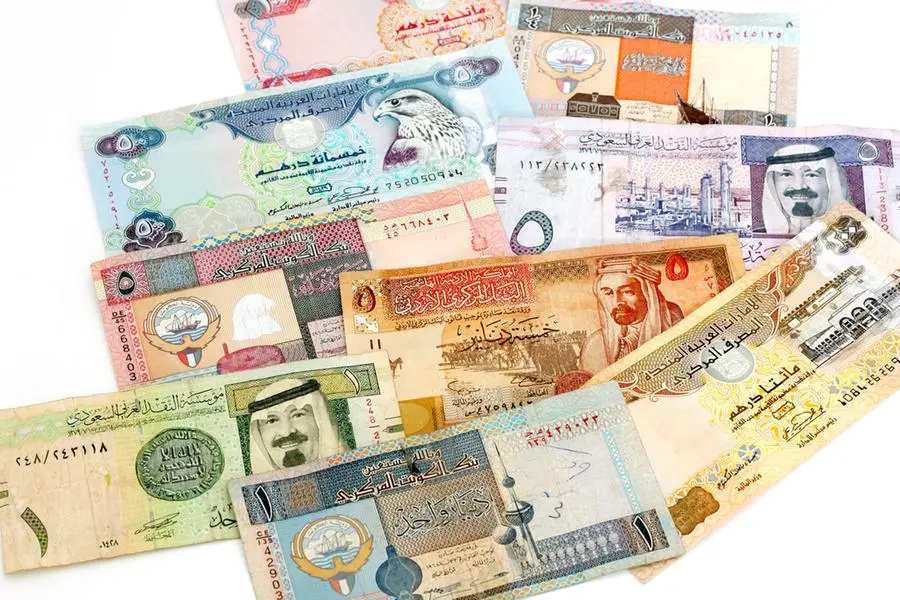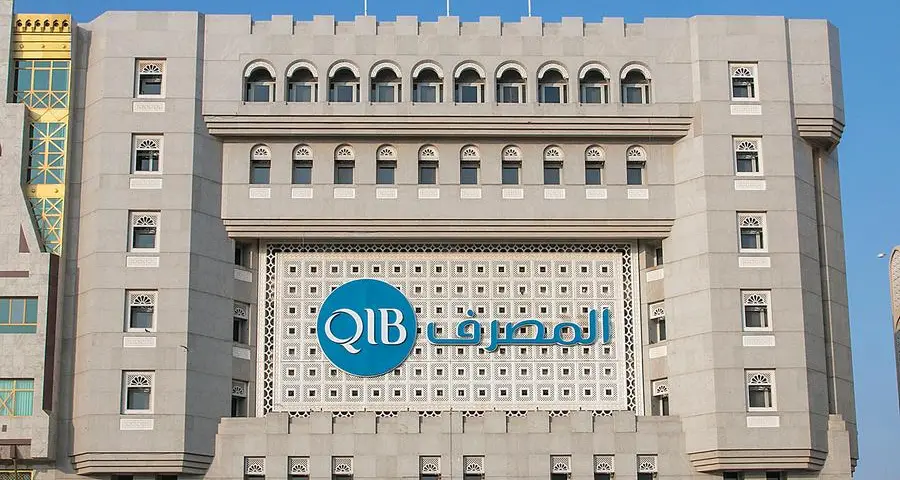PHOTO
Newsweek releases results of 1st Future Possibilities Index
- More than $44 trillion potential added value of new possibilities in 6 future sectors for advanced and emerging economies by 2030.
- The Future Possibilities Index includes 70 countries.
- The UAE ranks 1st globally in 20 future readiness indicators.
- The UAE government ranks 1st globally in government rapidly responding to changes, 2nd in strong government vision, and 3rd in long-term future planning.
- The UAE ranks 1st globally in attracting and retaining talents in future sectors.
- The UAE ranks 23rd globally and 1st in MENA region in the overall Future Possibilities Index in terms of Circular Economy, Exabyte Economy, and Wellbeing Economy.
Ohood Al Roumi:
- The directives of the UAE’s wise leadership and the relentless efforts of the federal and local government entities have bolstered the UAE’s position on the Future Possibilities Index among other countries.
- Being the first of its kind, the Future Possibilities Index represents a global reference for governments and decision makers to anticipate the transformations and possibilities that will shape the next decade. It aims to enhance countries’ readiness and leverage future transformations and possibilities to secure present and future generations.
Davos: From the UAE pavilion in Davos, Newsweek Vantage International and the Swiss Horizon Group launched the results of the first edition of the “Future Possibilities Index” (FPI) report – 2024. Last year, the two international institutions and the UAE government launched a partnership to produce this report, which assesses the future possibilities empowered by global transformations and the countries’ readiness to employ them to serve future development in key sectors.
The Index was launched during an event held at the UAE Pavilion as part of the country’s participation at the World Economic Forum 2024, held in Davos, Switzerland, and was attended by Her Excellency Ohood bint Khalfan Al Roumi, Minister of State for Government Development and the Future; Nigel Holloway, Editorial Director, Newsweek Vantage; Margareta Drzeniek, Managing Partner, Horizon Group; and a host of senior officials from the UAE government and international institutions across all vital sectors worldwide. The first edition of the Future Possibilities Index report was presented to Her Excellency Ohood Al Roumi during the event.
The “Future Possibilities Index” mapped the readiness enablers for future possibilities in 70 countries. Future possibilities for key sectors are worth more than $ 44 trillion by 2030.
The Index announced the list of top countries in the overall ranking for this year. The United Kingdom ranked first, followed by Denmark, the United States, and the Netherlands. The UAE ranked first globally in 20 indicators and 23rd globally and 1st in the Arab world in the overall FPI ranking.
The UAE government is one of the best globally in shaping the future
The UAE government ranked 1st globally in the government’s rapid responsiveness to change, 2nd globally after Singapore in the government vision index, ahead of both Britain and South Korea. It also ranked 2nd globally in the government support of the entrepreneurship environment, ahead of Singapore, Switzerland, the United States and Denmark, and 3rd globally in long-term future planning and future government strategy.
The UAE embraces future talents and ranks 1st globally in 20 indicators
The FPI revealed that the UAE ranked 1st globally in 20 indicators, namely government’s responsiveness to change, developing future policies and launching proactive government initiatives. The UAE further ranked 1st globally in the attractiveness and stability of global talent, the number of competitive working-age talent, future digital software developers, the number of international tertiary education students, the size of the UAE market with its consumer spending potential, as well as ICT connectivity, mobile broadband subscriptions and speed, and internet users.
The UAE: The Region’s Destination for Future Possibilities
Her Excellency Ohood bint Khalfan Al Roumi, Minister of State for Development and the Future, stated that these achievements are the embodiment of the wise vision of His Highness Sheikh Mohamed bin Zayed Al Nahyan, President of the UAE, which focuses on enhancing future readiness to achieve advanced growth for the present and future generations, and the directives of His Highness Sheikh Mohammed bin Rashid Al Maktoum, Vice President and Prime Minister of the UAE and Ruler of Dubai, to develop future government capabilities, seize future opportunities, and employ them to achieve the government’s developmental directives. “Today, we witness the outcome of the visions and directives of the UAE’s wise leadership reflected in the country’s position on the global indicators for future readiness, which guided the efforts of the federal and local national teams in various sectors,” HE added.
Her Excellency Al Roumi highlighted that: “Emerging trends create new possibilities for countries, governments and businesses to improve their performance and serve economies to provide new opportunities for future generations. The future possibilities we are looking for are valued at more than $44 trillion by 2030.”
Al Roumi indicated that the Future Possibilities Index is a global reference for governments and decision makers to understand the potential changes and possibilities expected in the coming decade. In addition, it is an important indicator to enhance governments’ readiness to benefit from future trends and possibilities and secure the wellbeing of the present and future generations.
Nigel Holloway, Editorial Director, Newsweek Vantage, stated that: “The FPI focuses on some of the huge opportunities that await countries and companies over the next few years. There are always risks attached to them, the biggest of which is the risk of ignoring the opportunities and missing out on potentially trillions of dollars in added value. The FPI provides a framework for analyzing long-term investment priorities that every decision maker, in the private and public sectors, must consider when charting a path that enhances human and sustainable development around the world.”
Margareta Drzeniek, Managing Partner, Horizon Group said: “The Future Possibilities Index is a novel way of looking at the future growth and competitiveness of nations through the lens of six ongoing transformations and the opportunities they create. We can show through data which countries are capitalizing on the current transformations and which ones are not. It is encouraging to see some emerging markets leapfrog. At the same time, some of the less developed countries may fall behind as these transformations advance.”
Future economic possibilities
The six transformation trends carry a set of great economic possibilities for all countries worldwide. The first trend, the “Exabyte Economy: Tech surge” provides $17 trillion in total value for the possibilities it provides by 2030, as technological solutions will develop rapidly with the spread of the 5G technology and increasing communication rates in the future.
The second trend examines societies’ interest in experiences and personal services specially tailored to suit the changing needs of customers within the Experience Economy: Beyond the Tangible. The value of the experience-based economy will exceed $17 trillion by 2030, due to individuals’ tendency to enjoy life experiences instead of purchasing products via tourism and virtual reality experiences that are becoming increasingly sophisticated and efficient.
The third trend, Wellbeing Economy: Nurturing a Healthier Future, holds many future possibilities due to the growing interest in physical and mental health, which will increase in the future as a result of adopting new methodologies for the concept of wellbeing at various levels, as the value of possibilities in this economy is expected to exceed $9 trillion by 2030.
The fourth trend, Circular Economy: Closing the Loop on Sustainability, will open the way for market possibilities estimated at $4.5 trillion. In the future, public awareness of the importance of preserving the environment and reducing waste through the rational use of resources will increase, which will open new possibilities for the circular economy and recycling.
The fifth trend focuses on Net Zero Economy: The Pursuit of Sustainable Prosperity, whose expected value will exceed $4 trillion by 2030 due to the increasing tendency of many sectors to invest in energy-saving technologies such as batteries, electric vehicles, energy-saving buildings, among others.
The sixth trend deals with the BioGrowth Economy: Nurturing Nature for Progress, encompassing new-generation biomaterials and new agricultural systems, which will enhance the emergence of new possibilities for various sectors around the world, with a value exceeding $1.7 trillion for possibilities related to biotechnology. It is expected that the rapid progress in biomaterials and plant science and synthetic biology would lead to major achievements in various vital fields, such as fuel refining among others.
Global data and 5,000 business executives
The Future Possibilities Index measures the ability of countries to leverage the potential of emerging future transformations to achieve future growth. This is done by considering three main areas of readiness: Government Strategy and Policy which considers the extent to which the transformation is led by government strategy, policy and implementation; Industry Strength which considers the level of the country’s capacity to leverage the trend by looking at industry-specific measures such as the establishment of the sector, the level of innovation and growth potential; and Core Capacity which measures the extent to which a country has the structures – policies, institutions, and other factors – to seize the more advanced opportunities each trend offers.
The indicators used in the FPI are derived from publicly available data from highly regarded sources such as the ITU, WIPO, World Economic Forum, World Bank, in addition to novel indicators developed for the purpose of this project. Indicators have also been developed for emerging fields such as data policies and artificial intelligence, in addition to the Future Possibilities Survey, which captures views of more than 5,000 business executives in the countries covered, about the qualitative aspects of government policy and the potential ability of countries to leverage trends. Countries were selected based on their level of development, availability of high-quality data, and the possibility of ensuring high-quality survey results.
-Ends-
